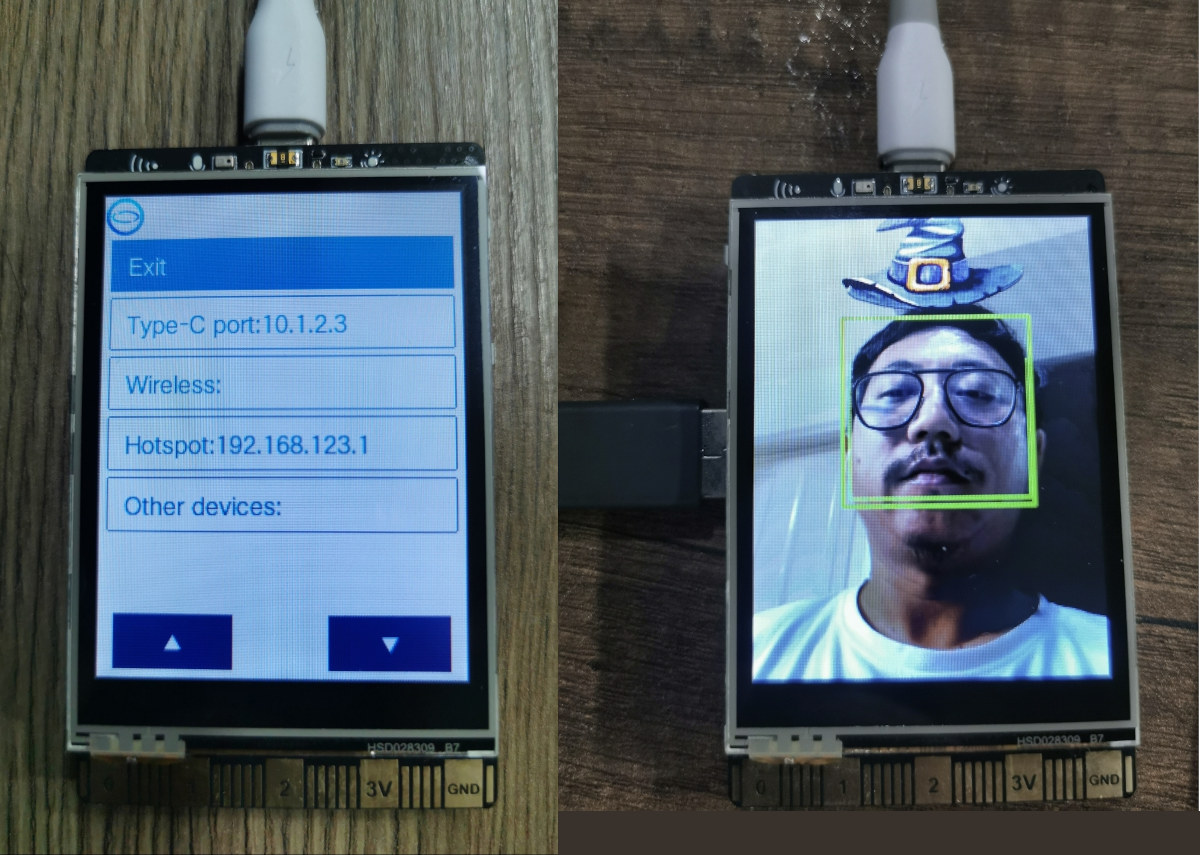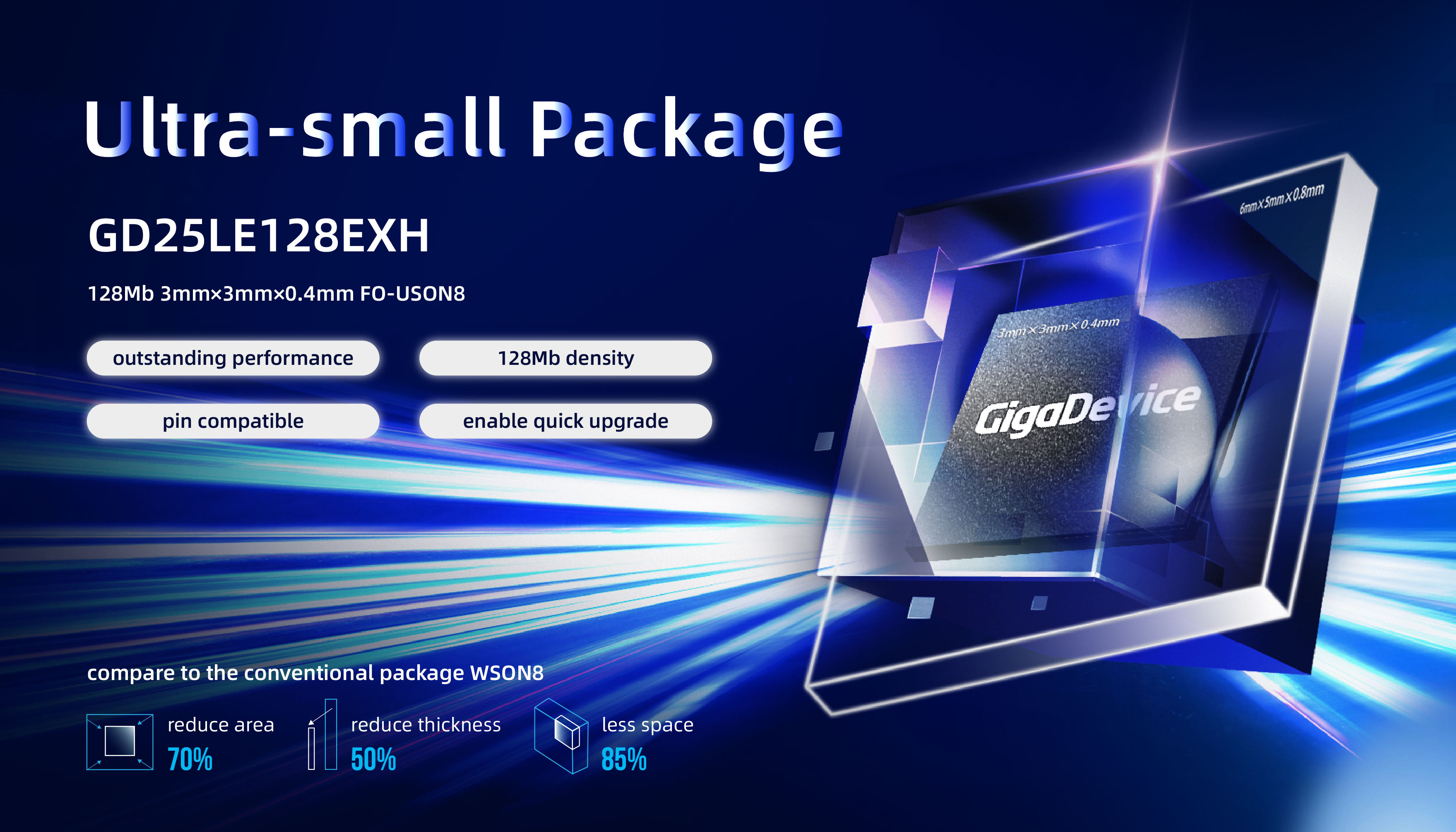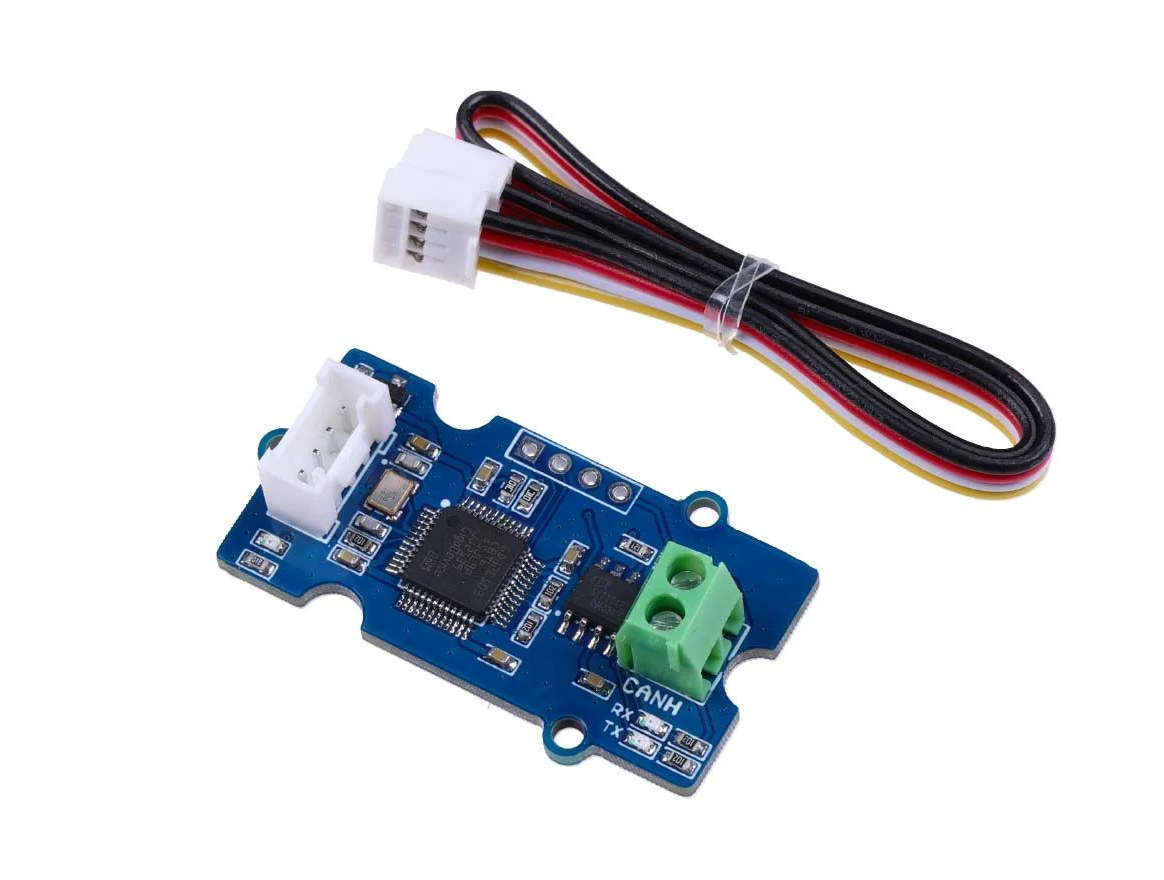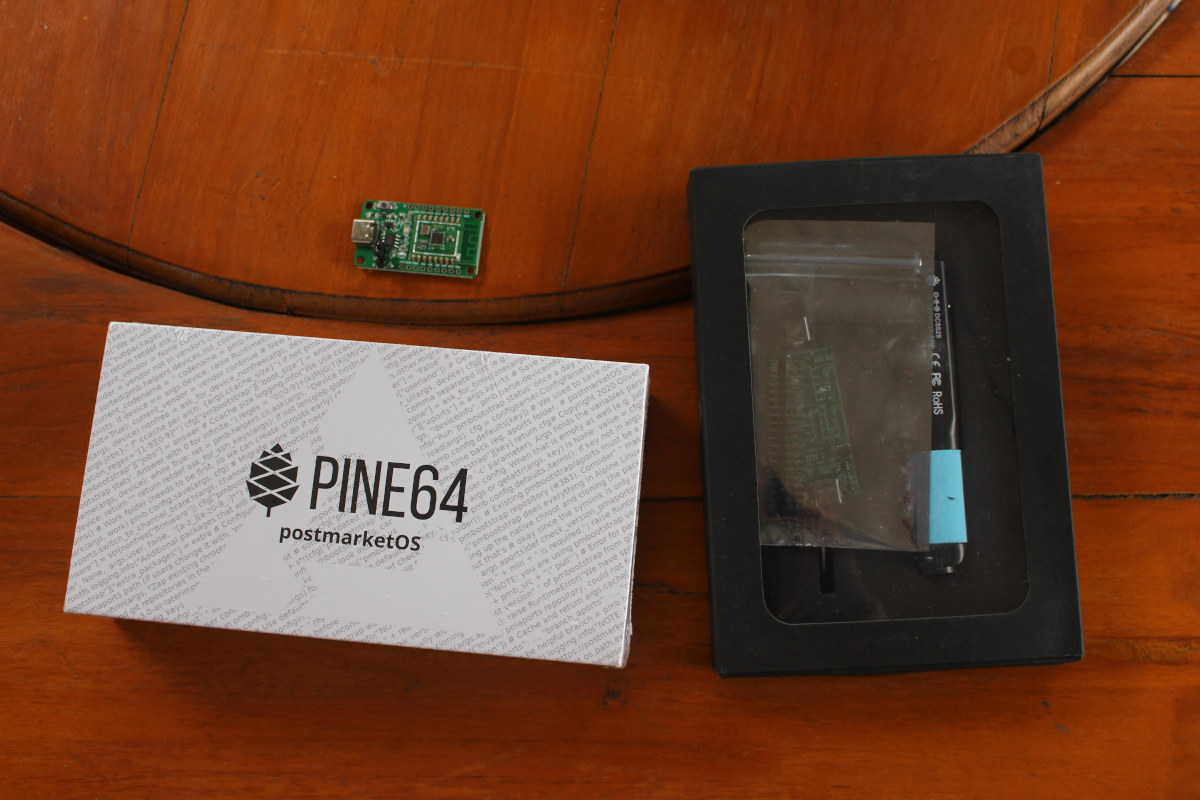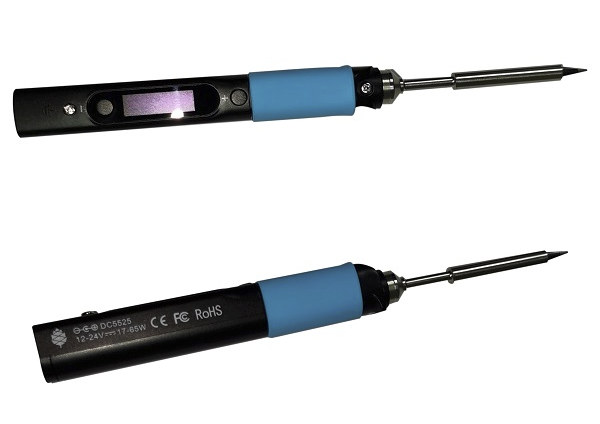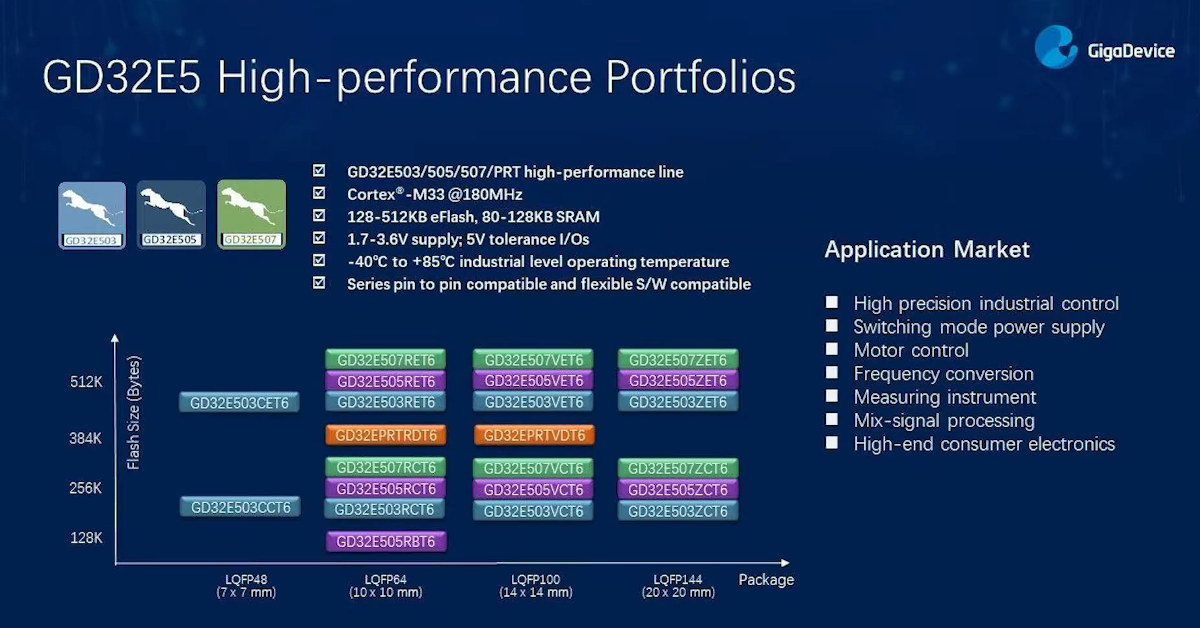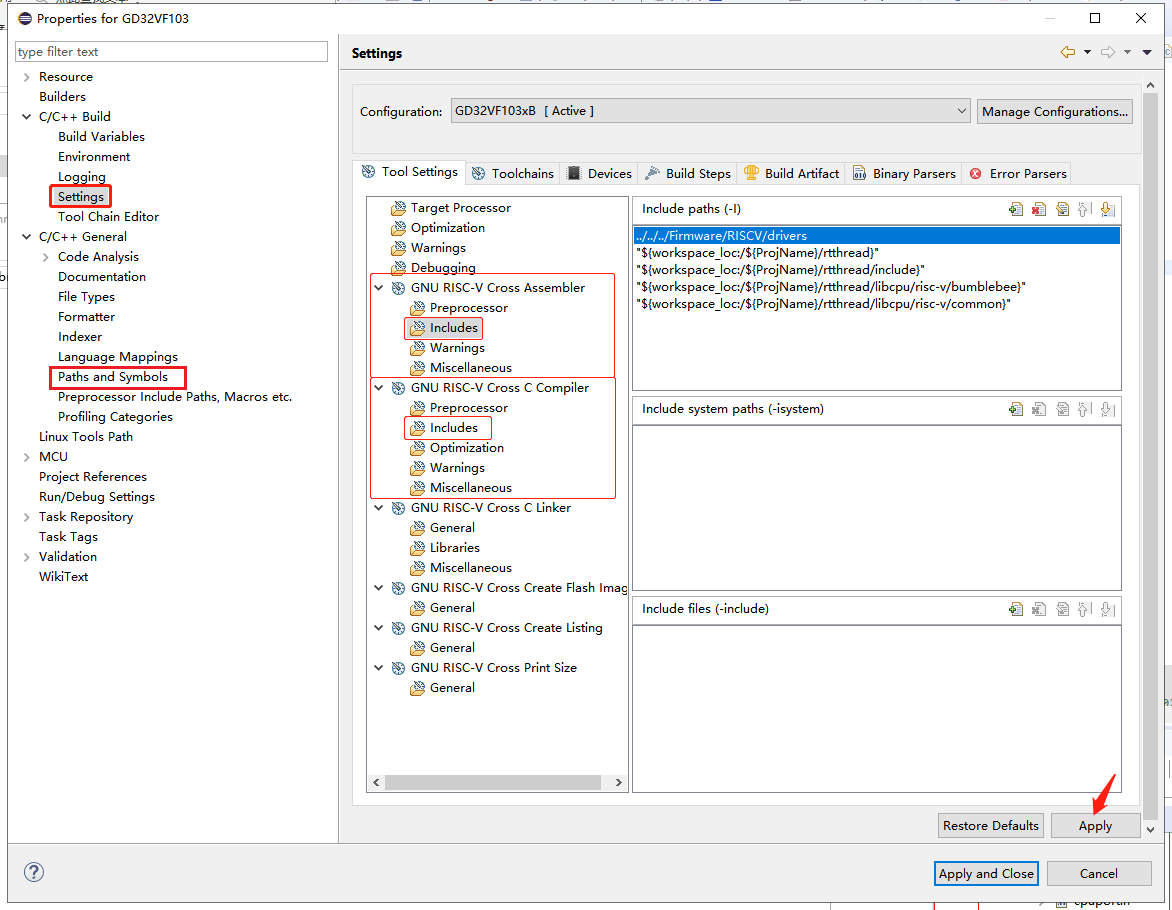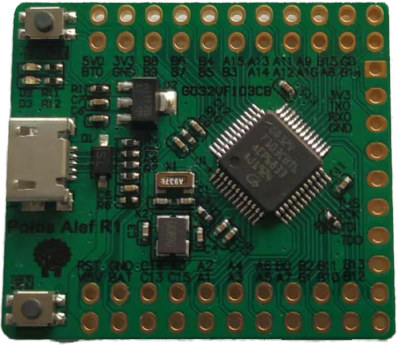DFRobot’s UniHiker is a STEM educational platform that was originally launched in China, but now UniHiker is now available worldwide through the DFRobot shop. The company has sent us a UniHiker sample for review, so let’s unpack the kit and learn how to use the UniHiker platform. The main component of the kit is the Linux-powered UniHiker board which features a 2.8-inch resistive touchscreen display and a BBC Micro:bit edge connector, so we can use expansion boards for the Micro:bit board. Let’s start unboxing it together. UniHiker unboxing DFRobot sent us the UniHiker platform by DHL. The package is a familiar-looking DFRobot box in orange color and comes with a plastic box to safely store the UniHiker board and accessories after use. The plastic box contains another plastic box with the board, some 3-pin and 4-pin cables for Gravity ports, and a USB Type-C cable. The UniHiker is like a […]
Gigadevice GD25LE128EXH is a tiny 3x3mm 128Mbit SPI NOR flash
GigaDevice Semiconductor has just launched the GD25LE128EXH 128Mbit SPI NOR Flash in a tiny ultra-compact 3x3x0.4mm FO-USON8 package designed for IoT, wearables, healthcare, and networking products. The GD25LE128EXH supports up to 133MHz frequency with four channels delivering up to 532Mbit/s data throughput. GigaDevice also highlights the low power consumption of just 6mA when reading, or a reduction of power consumption by 45% compared to previous devices. GD25LE128EXH specifications: Density – 128Mb I/O Bus – Single I/O, Dual I/O, Quad I/O, QPI Frequency – 133 MHz (x1 x2 x4) Features H/W RESET WP# Security Registers with OTP Locks Suspend Unique ID HOLD# Voltage – 1.65V~2.0V Package – FO-USON8 3x3mm Temperature Range – -40°C~85°C; -40°C~105°C, or -40°C~125°C The GD25LE128E SPI flash is also available in SOP8 208mil, USON8 4x4mm, WSON8 6x5mm, WSON8 8x6mm, and WLCSP (4-4 ball array) packages, which means the GD25LE128EXH’s FO-USON8 package reduces area by 70% and thickness by […]
$4.9 CAN bus module features GD32E103 Cortex-M4 microcontroller
Seeed Studio has introduced a new CAN Bus Grove module based on 120 MHz Gigadevice GD32E103 Arm Cortex-M4+ microcontroller with support for CAN FD at up to 5Mbps and controlled by AT command over a serial interface. The new module appears to be a drop-in replacement for the company’s $19.90 Serial CAN-BUS Grove module based on Microchip MCP2551 and MCP2515, and the main benefit of the new GD32E103 module is that it is much more cost-effective going for only $4.90 including shipping. GD32E103 CAN BUS Grove module specifications: MCU – Gigadevice GD32E103 Arm Cortex-M4F microcontroller @ up to 120 MHz with 64KB to 128KB flash, 20KB to 32KB SRAM CAN Bus – 2-pin terminal block with CAN FD up to 5 Mbps Host connection – 4-pin Grove connector with UART up to 115,200 bps (default 9,600 bps) Misc – Tx and Rx LEDs Operating voltage – 3.3V Dimensions – 40 […]
Pine64 mailbag – PinePhone postmarketOS Edition, PineCone BL602 board, and Pinecil soldering iron
Pine64 community was pretty busy last year with the launch of several products. Recently I’ve received a couple of packages with some of those products, namely PinePhone Community Edition: PostmarketOS, PineCone WiFi & BLE IoT board based on BL602 RISC-V SoC, and Pinecil soldering iron also based on a RISC-V chip for control, but this time GD32V generic-purpose MCU. I’ll most show what I have received without going into too many details, except for PinePhone which I have already set up and used for one hour or so. PineCone BL602 board I received PineCone at the end of last year in a separate envelope with the board only. There’s not much to it with the BL602 processor offering WiFI and Bluetooth, a USB-C port for programming and power, and a few I/Os. The board is interesting as it is the first RISC-V IoT board with wireless connectivity built into the […]
Pine64’s PINECIL RISC-V soldering iron launched for $25
We’ve previously mentioned PINECIL RISC-V soldering iron during Pine64’s release of PineCube open-source IP camera development kit, and the good news is the soldering iron is now available for $24.99 on Pine64 store together with optional sets of gross or fine soldering tips compatible with the one used with TS100 model The soldering iron is powered by GigaDevice GD32VF103TB 32-bit RISC-V general-purpose microcontroller and features a small display and two buttons for user interaction, as well as changeable tips. It can be powered by a USB-C power adapter or a 12 to 24V power brick such as the ones you’d found with laptops. PINECIL soldering iron key features and specifications: MCU – GigaDevice GD32VF103TB 32-bit RV32IMAC RISC-V “Bumblebee Core” @ 108 MHz with 128KB flash, 32KB SRAM Display – 0.69-inch OLED monochrome display with 96×16 resolution Tip – 106mm long, Type B2 Temperature range – 100°C to 400°C; reaches operating […]
GigaDevice GD32E5 Cortex-M33 microcontrollers target motor and industrial control
We first mentioned GigaDevice Semiconductor in 2015 for its STM32-compatible GD32 microcontroller, but last year, the company was brought back to our attention again with its GD32V RISC-V microcontroller with similar features as its GD32 Cortex-M3 model but equipped with a faster and more efficient RISC-V “Bumblebee” core. That does not mean the company has given up on Arm though, as GigaDevice recently announced GD32E5 Cortex-M33 high-performance microcontrollers, manufactured using TSMC’s Low Power 40nm process, and designed for embedded systems such as high-precision industrial controllers, motor control applications, digital power supplies, measuring instruments, mixed-signal processing applications, and industrial/consumer controllers. GD32E5 MCU key features & specifications: MCU Core – Arm Cortex-M33 Armv8-M core clocked at up to 180MHz with DSP instruction set and single-precision FPU. Memory – 80KB to 128KB SRAM Storage – 128KB to 512KB on-chip flash, QSPI interface for external storage Peripherals USB 2.0 OTG dual-function controller, including 480Mbps […]
Getting Started with RT-Thread Nano RTOS on RISC-V Processors
CNXSoft: This is a guest post by RT-Thread explaining how to create your first program running on their real-time operating system using a GD32V RISC-V MCU board as an example. This article describes how to “port” RT-Thread Nano to the RISC-V architecture, using the Eclipse IDE, GCC toolchain, and a basic project for the Gigadevice GD32V103 MCU. Foreword RT-Thread is an open-source embedded real-time operating system. RT-Thread has a standard version and a Nano version. The standard version consists of a kernel layer, components and service layer, and IoT framework layer, while the Nano version has a very small footprint and refined hard real-time kernel, better suited to resource-constrained microcontroller units (MCU). The main steps for porting Nano are as follows: Prepare a basic Eclipse project and get the RT-Thread Nano source code. Add the RT-Thread Nano source code to the base project and add the corresponding header path. Modify […]
Polos GD32V Alef is a Tiny RISC-V MCU Board Selling for $3
We first found out about GigaDevice GD32V 32-bit RISC-V MCU last summer, as an update/alternative to the earlier STM32 compatible GD32 Arm Cortex-M3 microcontroller from the company with higher performance and lower power consumption, while keeping the price identical. The first low-cost GD32V development board we covered was Longan Nano going for $5 with an OLED display and an acrylic case. If you don’t need either or want to access all pins from the 48-pin MCU, you can now order an even cheaper GD32V RISC-V MCU board with Polos GD32V Alef going for $2.99 on Analoglamb website. Polos GD32V Alef board specifications: MCU – Gigadevice GD32VF103CBT6 32-bit RISC-V (rv32imac) microcontroller @ 108 MHz with 128KB Flash, 32KB SRAM USB – 1x micro USB OTG port for power and programming Expansion – 52 through holes (2.54mm pitch) exposing all pins from the MCU including 3x USART, 2x I2C, 3x SPI, 2x […]


